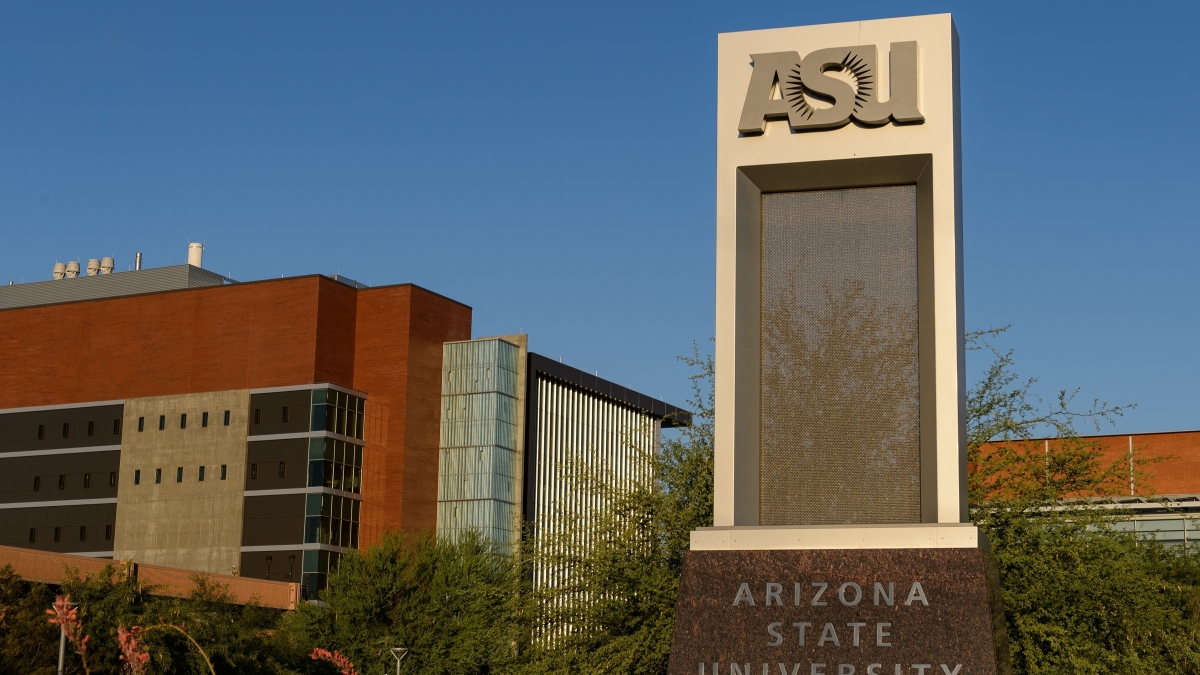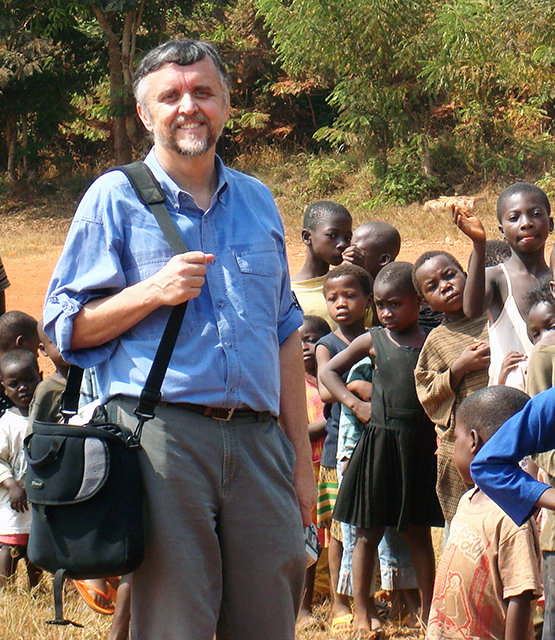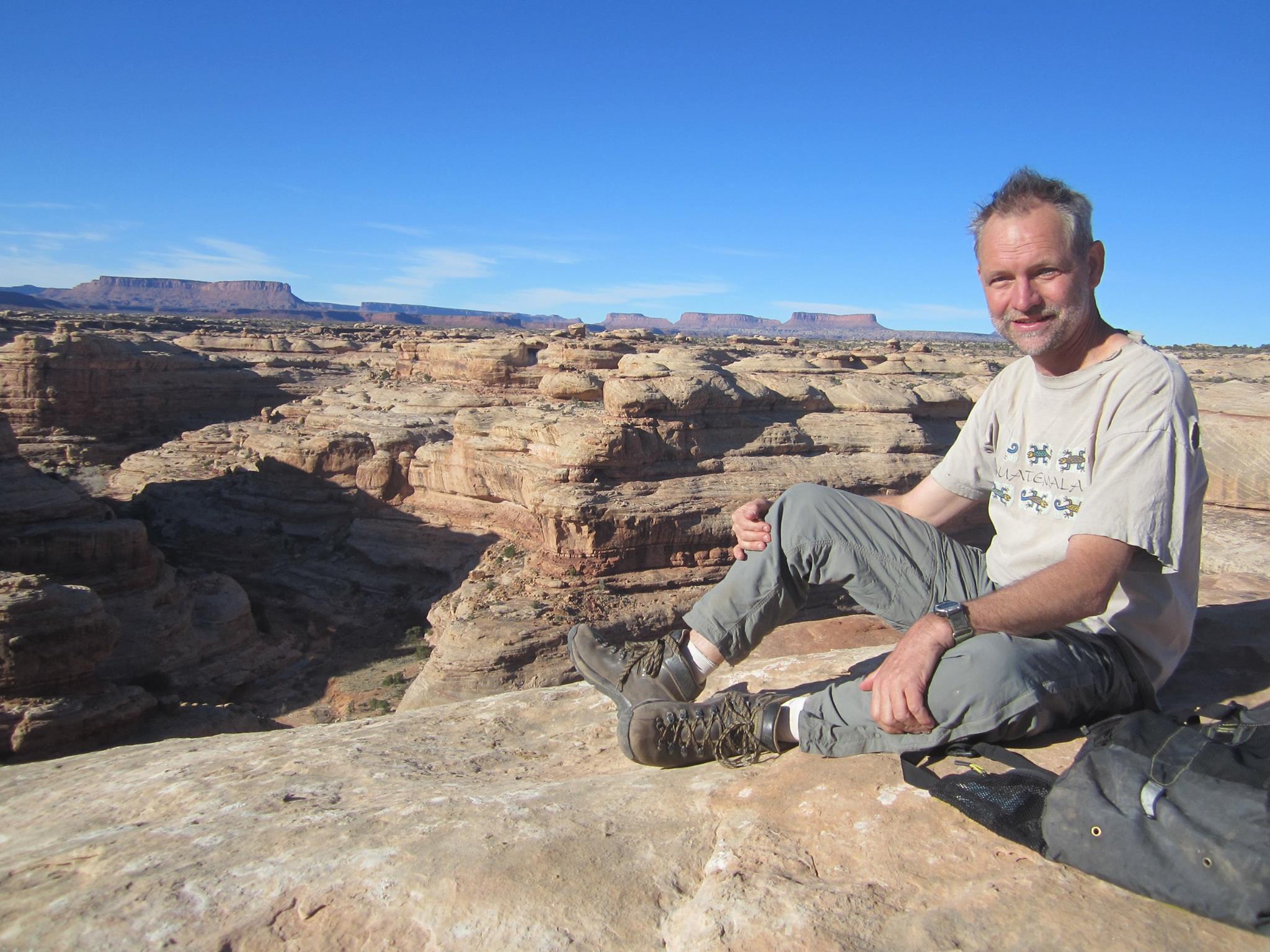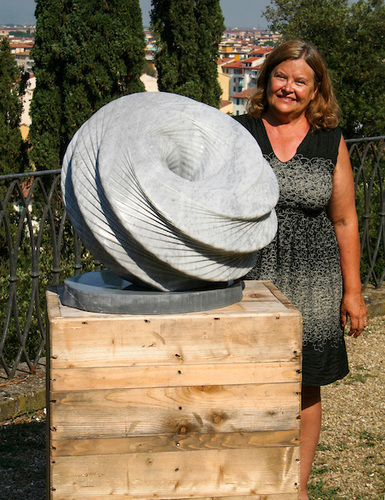Three of Arizona State University’s top professors have been recognized for combining their passion for teaching with engagement with the larger world in ways that help ASU students become master learners.
Those three have been named President’s Professors for 2016: Mark Henderson, professor in the Ira A. Fulton Schools of Engineering; Matthias Kawski, professor in the School of Mathematical and Statistical Sciences in the College of Liberal Arts and Sciences; and Mary Bates Neubauer, professor in the School of Art in the Herberger Institute for Design and the Arts.
President’s Professors are faculty who have made significant contributions to undergraduate education at ASU. Awardees are chosen based on mastery of subject matter; enthusiasm and innovation in the learning and teaching process; ability to engage students within and outside the classroom; ability to inspire independent and original thinking in students and to stimulate students to do creative work; innovation in course and curriculum design; and scholarly contributions.
“Each of this year’s President’s Professors is an excellent example of what makes ASU one of the world’s leading universities,” said ASU President Michael M. Crow.
“Mark, Matthias and Mary are brilliant and engaging teachers at the top of their fields who convey their intellectual curiosity to their students in unique and innovative ways. We are lucky to have them here.”
The three 2016 winners were nominated by their departments last summer, and all three expressed shock when they found out earlier this month that they had received the honor.
“I’m totally humbled and honored because I know other President’s Professors whom I look up to, and to even be considered in the same category with them is a huge honor,” Henderson said.
Here’s a look at three of ASU’s top faculty members:
Mark Henderson
Henderson, a professor of mechanical engineering at the Polytechnic campus, also is an associate dean at Barrett, the Honors College, and is the co-founder and director of GlobalResolve, a social entrepreneurship program.
On GlobalResolve: The initiative began in 2005 when some faculty members were chatting over coffee. “We thought we could come up with a good vehicle for students to give back, like service learning, and as a way to provide some expertise in the developing world," said Henderson, who co-founded GlobalResolve with Brad Rogers, an associate professor of engineering at Poly.
In 2006, Henderson went to Ghana and met with village leaders to find out what they needed. “When you say, ‘I’m from ASU and I’m here to help,’ it’s an emotional and social commitment. I came back, we got students involved and we took off.”
Mark Henderson was a co-founder of GlobalResolve, a social entrepreneurship initiative, and visited Ghana in 2006.
Since then students have gone to Peru and Costa Rica and will travel to Mexico this fall and Nepal next year. GlobalResolve works on projects in water, sanitation, energy, agriculture, health and education. Although Henderson’s students are engineers, the approach is interdisciplinary. “You need to consider politics, the economy, the language, the culture, all of that. If we just provided a very efficient cookstove without thinking about what they eat and who does the cooking, it’s a failure.”
On teaching: “My favorite part is working informally with the student teams.
“Our engineering program at Poly is project-based. It’s so fun to watch the lightbulbs turn on when the students get some cool ideas.”
On students today: “The tone of the 1960s was, ‘Hey, we can offer the world some help.’ Then in the 1980s, there was an emphasis on being a ‘yuppie’ and every student wanted to graduate and get a ‘Beemer.’ I think we’re moving back to into that altruistic passion I’ve seen in some past generations. It’s great to see the students get excited about giving back.”
On ASU: “I appreciate that ASU recognizes how important undergraduate teaching is, because that’s what a lot of us are here for.”
Matthias Kawski
Kawski, an expert in differential geometry and control theory, is the founder of Math Circles at ASU's Tempe campus, in which high schoolers can work on challenging math problems with university mathematicians.
On Math Circles: “We’re working with kids who can’t get enough math in school or want to do fun math. I hear from parents all the time that their students need more math. I see it as a teaching laboratory where we have fun.”
Kawski also has done outreach in the Navajo Nation several times to work with student in math camps and to train teachers. “It’s really uplifting to be with those kids,” he said.
Matthias Kawski founded the ASU Tempe chapter of Math Circles, to provide "fun math" for high schoolers who crave more engagement.
On teaching: Kawski estimates he has taught 33 different math courses at ASU.
“I like that because I keep learning new things. Last year I taught a senior-level probability course. One of the students wrote that it’s really nice to have a professor who’s learning alongside us and not everything is obvious to him.
“I have conversations with my classes. I may be doing more of the talking, but they control the pace. Everything is inquiry-based. I deeply believe in lots of motivation, lots of fun and the students asking the questions.”
Kawski likes to have students work on real problems using real data, like census spreadsheets.
He encourages students to take graduate-level classes and is satisfied with less-than-perfect grades. “As long as they can handle it, they’re welcome. Undergraduates still are exuberant and want to do great things. We want them to stretch and try something harder than what they can do.”
On students today: “You can’t be afraid to get to know your students,” said Kawski, who often meets them for coffee or at Hayden Library rather than at formal office hours. He loves keeping up on social media and found that when his calculus class started a Facebook group, it made a great class forum.
On ASU: “We are a research university, not a research institute. I’m very conscientious about keeping the right balance. Some years it’s more teaching and some years it’s more discovery.
“We can draw some top students here when they see that they can go from here to graduate work at Stanford, Cornell or Yale. We have that pipeline established.”
Mary Bates Neubauer
Neubauer, the head of sculpture in the School of Art in the Herberger Institute for Design and the Arts, was a Fulbright Fellow in Cambridge, England, and is an expert in digital design. This summer, she will take three students to Italy as part of the Digital Stone Project, a competitive program in Tuscany.
On the Digital Stone Project: This will be Neubauer’s third trip. Students complete digital sketches of their sculptures, which program robots with diamond tool bits to roughly sculpt the blocks of marble.
Then the students have a month to do the precision work, including sanding and polishing the sculptures, which are then displayed in Italy.
Mary Bates Neubauer has taken students to Italy twice for the Digital Stone Project, combining work with Italian marble artisans with robotics.
“You have to put the mark of your digital thinking on your work. The digital nature of the artwork has to be embedded in the form so the works are speaking to the form,” she said.
“It’s a beautiful life for a sculptor,” said Neubauer, who will work on her own project while in Italy.
On teaching: “I came from a family of teachers, and I’ve always felt like I’ve had an instinctive ability in teaching.
“I also teach by example and make my students get out there in the world like I do, be open to professional opportunities and for them to get out of the metro area and into the world and travel.
“There are many ways to be an artist, and I am able to help individual students see some of the best ways,” she said. “It goes beyond talent. It goes to drive and a sense of adventure and enterprise. I think the decision to live life as an artist can be very fulfilling. A lot of people worry that you can’t make any money in art, but I haven’t found that to be true.”
On students today: “The way they research is different because of the internet. They’re more mobile — they’re more able and willing to travel than my generation, and they’re networking around the world.
“They are collaborative. They stay together as friends and help each other, and they’re able to maintain those networks through social media.”
On ASU: “I think being in a big research university like this really provides a community not only of kindred spirits in the arts, but also very brilliant people in other fields.
“I would have to say I believe in art training at a big university because of the opportunities to explore so many other fields that can inform one’s practice in art.”
More Science and technology

Compact X-ray laser lab aims to reveal deep secrets of life, matter and energy
X-rays allow us to view inside the human body to diagnose broken bones and other hidden problems. More recent X-ray advances are making it possible to see events at the scale of atoms and molecules,…
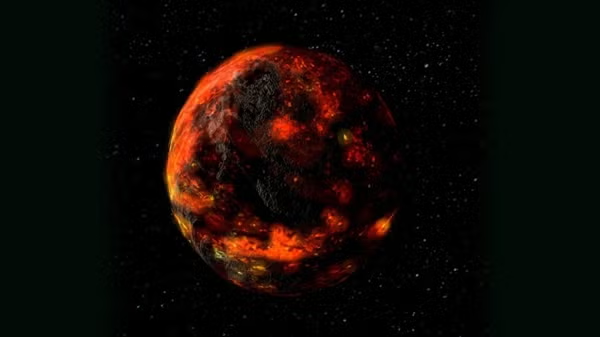
Apollo lunar samples enable ASU researcher to pinpoint moon’s crystallization timeline
A team of researchers, including Arizona State University geochemist Melanie Barboni, in collaboration with scientists from The University of Chicago, have made a new discovery about the history of…

NASA launches space telescope to chart the sky and millions of galaxies
California’s Vandenberg Space Force Base was the site for Tuesday’s 8:10 p.m. launch of the NASA SPHEREx mission aboard a SpaceX Falcon 9 rocket.The SPHEREx (Spectro-Photometer for the History of the…


